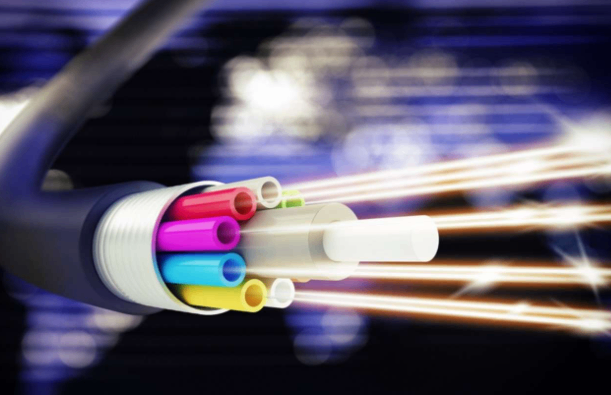ოტი
მისამართი: შინანი, ლიონინი
კონტაქტის პიროვნება: მენეჯერი Zhang
ტელეფონი: 400-964-1314.
მობილური ტელეფონი: 86 13904053308
'' '' ''' ''' '' ''' ''' ''' ''' ''' '' ''' '' ''' '' ''' '' ''' ''' '' ''' ''' ''' ''' ''' '''''''
2024-04-17 2356
The Comprehensive Insight into Fiber Optic Cables: Structure, Performance, and Applications
Fiber optic cables, serving as the backbone of modern communication technology, stand out due to their unique structure and exceptional performance characteristics, making them the preferred choice for high-speed data transmission. In this comprehensive exploration, we delve deeper into the various aspects of ფაბრიs.Www.adsscable.cn

Firstly, the materials used in the manufacture of ფაბრიs play a crucial role in determining their performance. Primarily composed of glass or plastic fibers, these materials possess excellent optical properties that enable efficient transmission of optical signals. Glass, particularly, with its high purity and refractive index, facilitates longer-distance and higher-speed data transmission in ფაბრიs.
The transmission of optical signals in ფაბრიs relies on the principle of total internal reflection. When an optical signal enters the cladding from the core, due to the refractive index difference between the two, the signal undergoes total internal reflection, propagating continuously along the path of the ფაბრი. This transmission mechanism ensures the stability and reliability of optical signals during transmission.
Fiber optic cables come in a diverse range of types, with the most common classification being based on the propagation mode of optical signals. Multimode fibers feature a larger core diameter, supporting the simultaneous transmission of multiple optical signal modes, suitable for short-distance, high-bandwidth applications. Conversely, single-mode fibers have a smaller core diameter, supporting the transmission of a single optical signal mode, making them ideal for long-distance, low-loss communication needs.

Www.adsscable.cn
Furtherუფრო მეტია, ფაბრიs can be categorized based on various other characteristics, such as the method of sheathing, the number of cores, the configuration of reinforcement members, the method of installation, and the nature of the sheath material. These different classification methods enable ფაბრიs to adapt to various complex communication environments and application scenarios.
In fiber optic communication systems, the performance of ფაბრიs directly impacts the stability and reliability of the entire system. Fiber optic cables exhibit high speed, low latency, resistance to interference, and signal stability, satisfying the demands of various high-speed broadband data transmission applications. This has led to their widespread adoption in various communication fields, including the internet, healthcare, engineering monitoring, and უფრო მეტია.
In the internet realm, ფაბრიs play a pivotal role in transmitting vast amounts of data. With the rapid growth of the internet, the demand for data transmission has increased significantly, and ფაბრიs, with their high speed and stability, have become the preferred choice for internet data transmission. In healthcare, the application of ფაბრიs is also becoming increasingly widespread, such as in endoscopes, microscopes, and laser surgical instruments, where they transmit high-definition, high-fidelity, and low-latency images and video signals.

In engineering monitoring, ფაბრიs play a crucial role as well. Distributed fiber optic sensing cables can monitor various physical parameters, such as temperature, pressure, displacement, and stress, through fiber optic sensing technology. The application of this type of cable greatly enhances the accuracy and reliability of engineering monitoring.
Moreover, ფაბრიs offer numerous advantages, including immense bandwidth, longer transmission distances, resistance to electromagnetic interference, low security risks, small size, and lightweight. These strengths make ფაბრიs unparalleled in the field of data transmission, providing powerful technical support for modern society's communication, healthcare, engineering monitoring, and other fields.Www.adsscable.cn
In conclusion, ფაბრიs, as a vital component of modern communication technology, boast a unique structure, exceptional performance, and widespread applications. With continuous technological advancements and the expansion of application scenarios, ფაბრიs will continue to play a pivotal role in driving the continuous innovation and development of communication technology in the future.